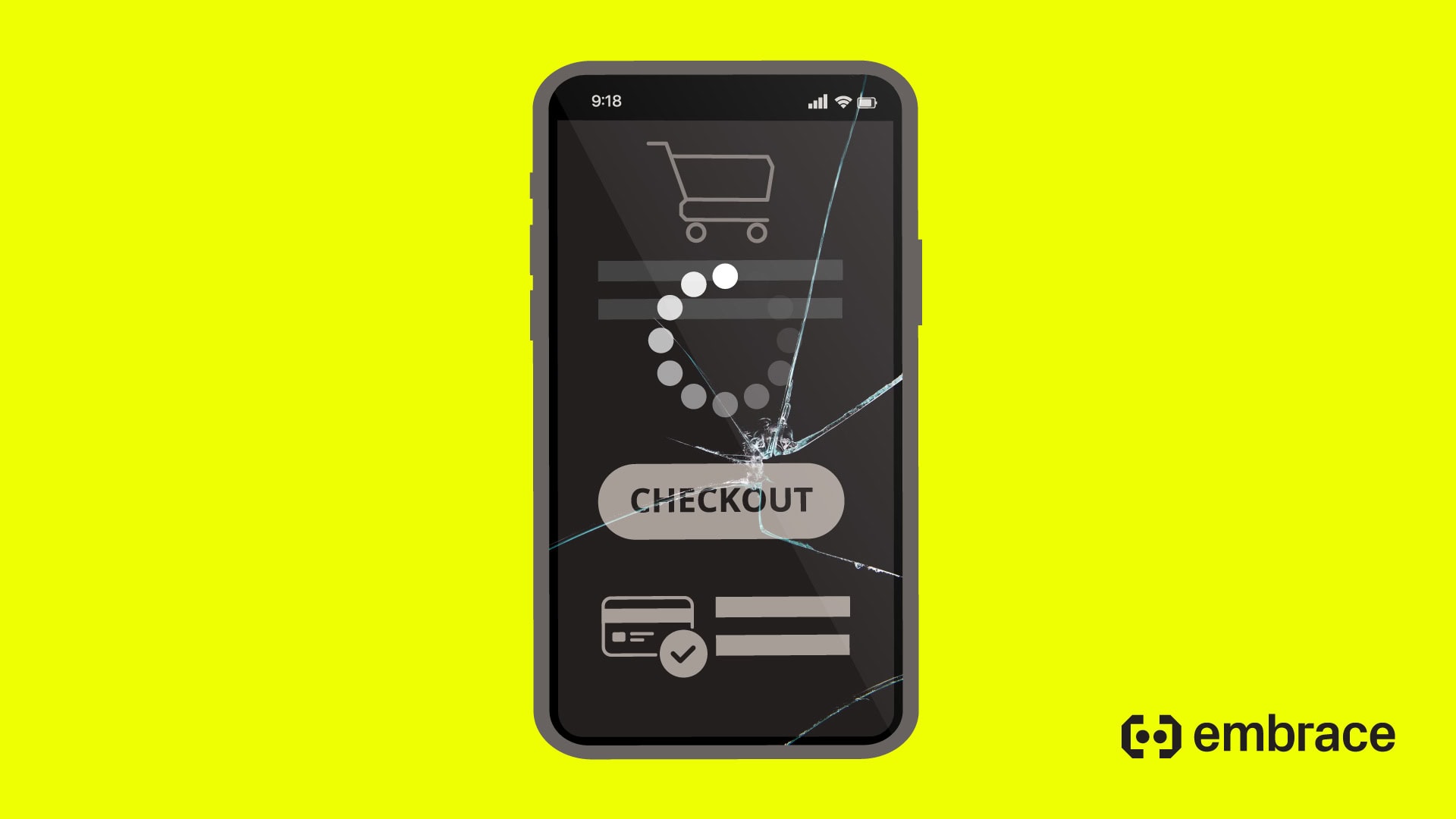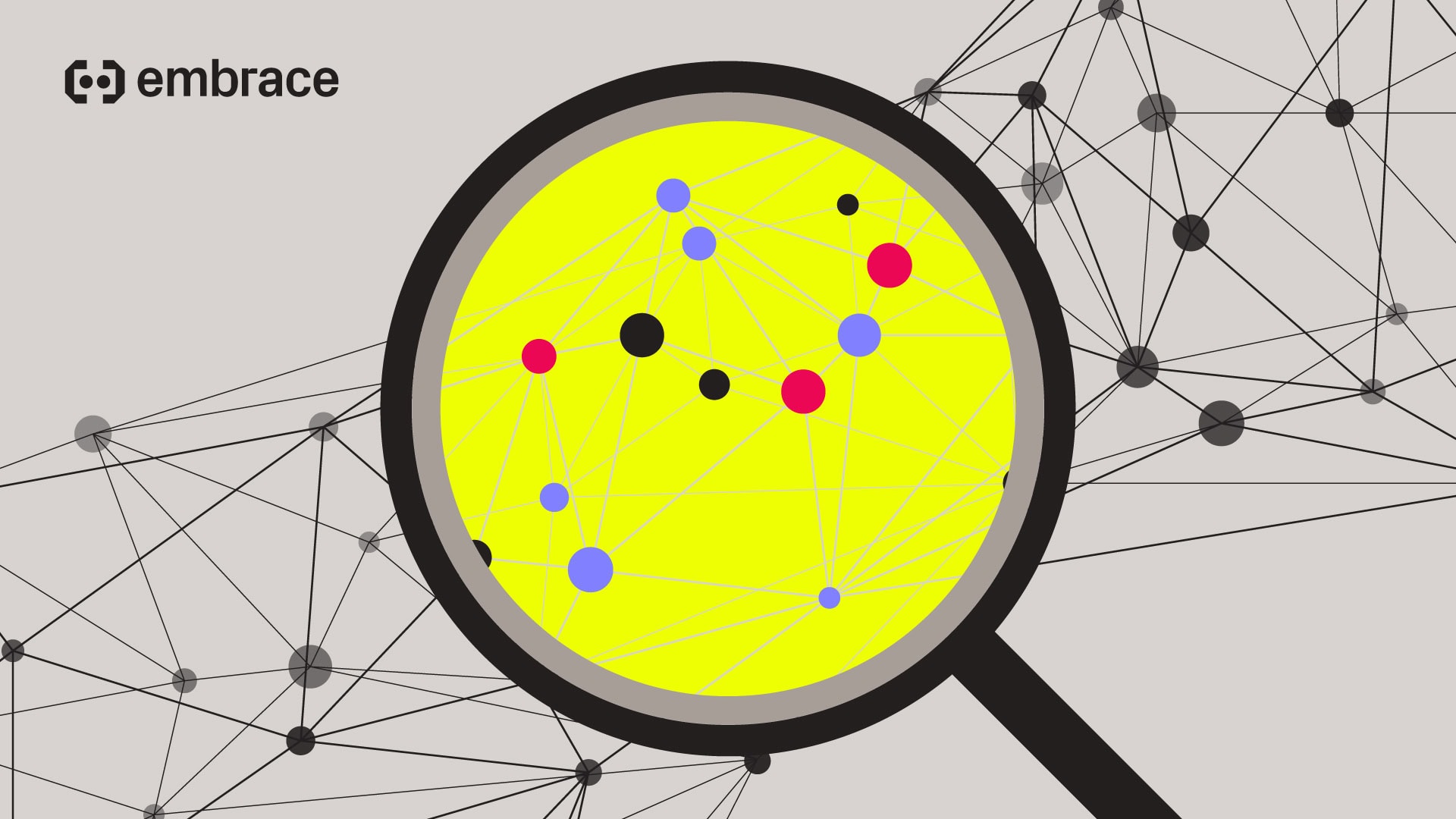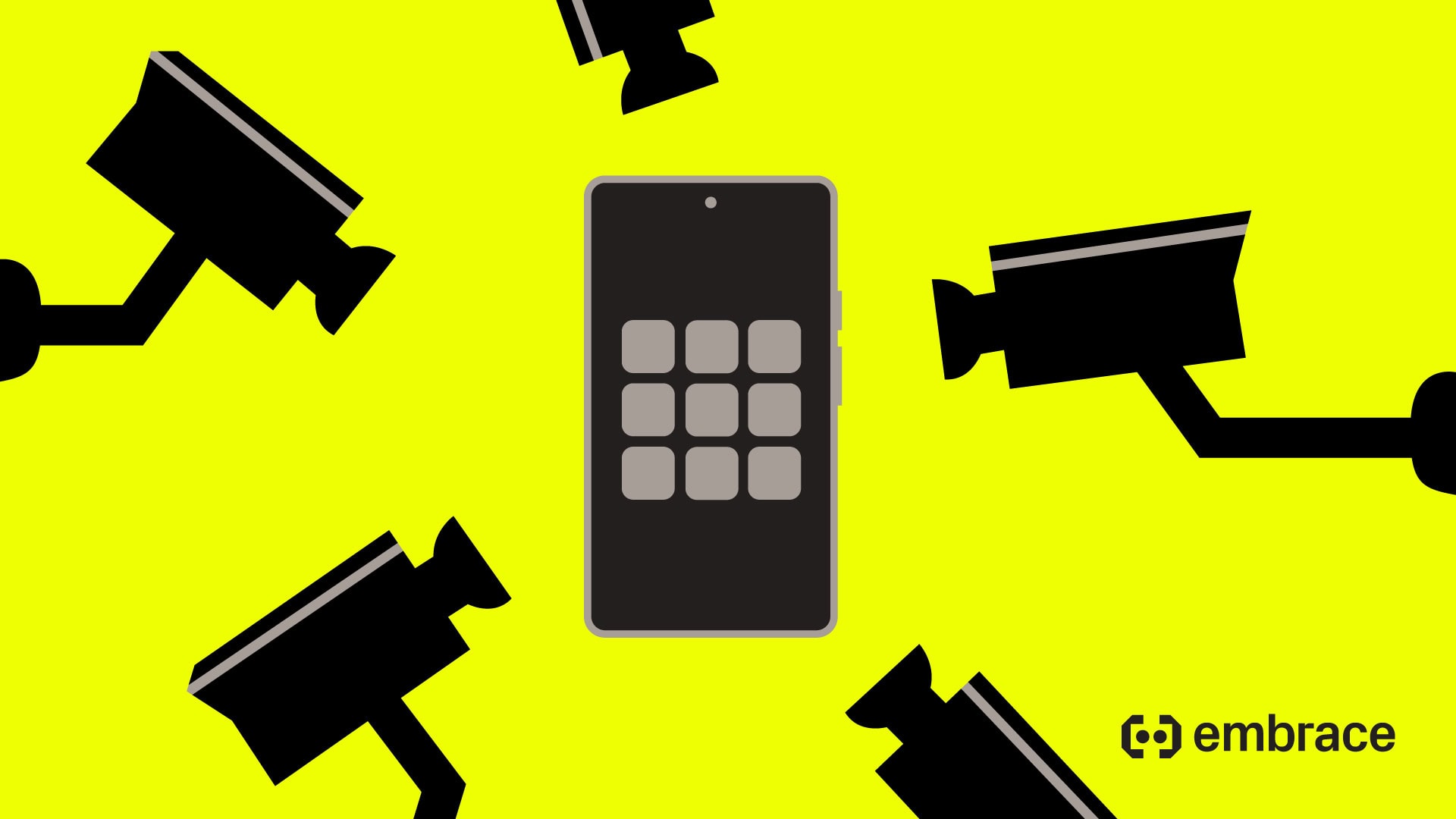
As mobile becomes the de facto way of interacting with brands and services, how engineers think about observing their apps is changing.
Backend service metrics, traditional drivers of SLOs for performance monitoring, simply won’t cut it anymore, as they provide little true insight into what end users are experiencing. Why are customers abandoning a purchase flow? Why is it taking so long for them to log in? What’s making them rage-quit your app?
All of these are questions that require client-side observability to answer, and mobile-specific SLOs to effectively track.



